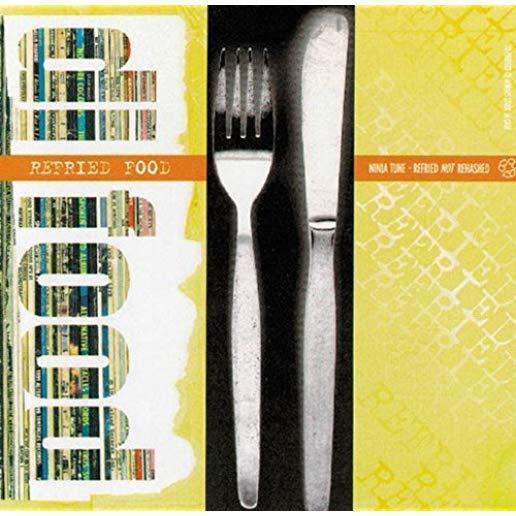
description
h has become an endless source of fascination for a wide audience, ranging from readers of The Bell Jar, her semiautobiographical novel, to her groundbreaking poetry as exemplified by Ariel. Beyond her writing, however, interest in Plath was also fueled in part by the nature of her death--a suicide while she was estranged from her husband, Ted Hughes, who was himself a noteworthy British poet. As a result, a steady stream of biographies of Plath, projecting an array of points of view about their subject, has appeared over the last fifty-five years. Now biographer Carl Rollyson, the author of two previous biographical studies of Plath, has surveyed the vast amount of material on Plath, including her biographies, her autobiographical writings, and previously unpublished material, and distilled that data into the two volumes of Sylvia Plath Day by Day. As the follow-up to volume 1, volume 2 commences on February 14, 1955, the day Plath wrote to her mother declaring her intention to study in England, a decision that marked a major turning point in her life. With brief signposts provided by the author, this volume follows Plath through the entirety of her marriage to Hughes, the challenges of simultaneously raising a family and nourishing her own creativity, and the major depressive episodes that ultimately led to her suicide in 1963. By providing new angles and perspectives on the life of one of the twentieth century's most celebrated poets, Sylvia Plath Day by Day offers a comprehensive image of its enigmatic subject.
member goods
No member items were found under this heading.
Return Policy
All sales are final
Shipping
No special shipping considerations available.
Shipping fees determined at checkout.







